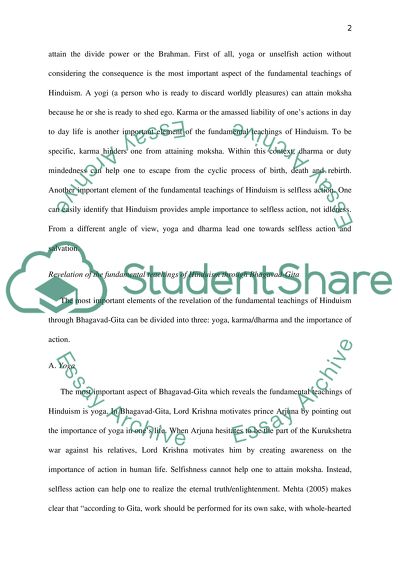Cite this document
(“How does the Bhagavad-Gita reveal fundamental teachings of Hinduism Essay”, n.d.)
Retrieved de https://studentshare.org/religion-and-theology/1440830-how-does-the-bhagavad-gita-reveal-fundamental
Retrieved de https://studentshare.org/religion-and-theology/1440830-how-does-the-bhagavad-gita-reveal-fundamental
(How Does the Bhagavad-Gita Reveal Fundamental Teachings of Hinduism Essay)
https://studentshare.org/religion-and-theology/1440830-how-does-the-bhagavad-gita-reveal-fundamental.
https://studentshare.org/religion-and-theology/1440830-how-does-the-bhagavad-gita-reveal-fundamental.
“How Does the Bhagavad-Gita Reveal Fundamental Teachings of Hinduism Essay”, n.d. https://studentshare.org/religion-and-theology/1440830-how-does-the-bhagavad-gita-reveal-fundamental.


